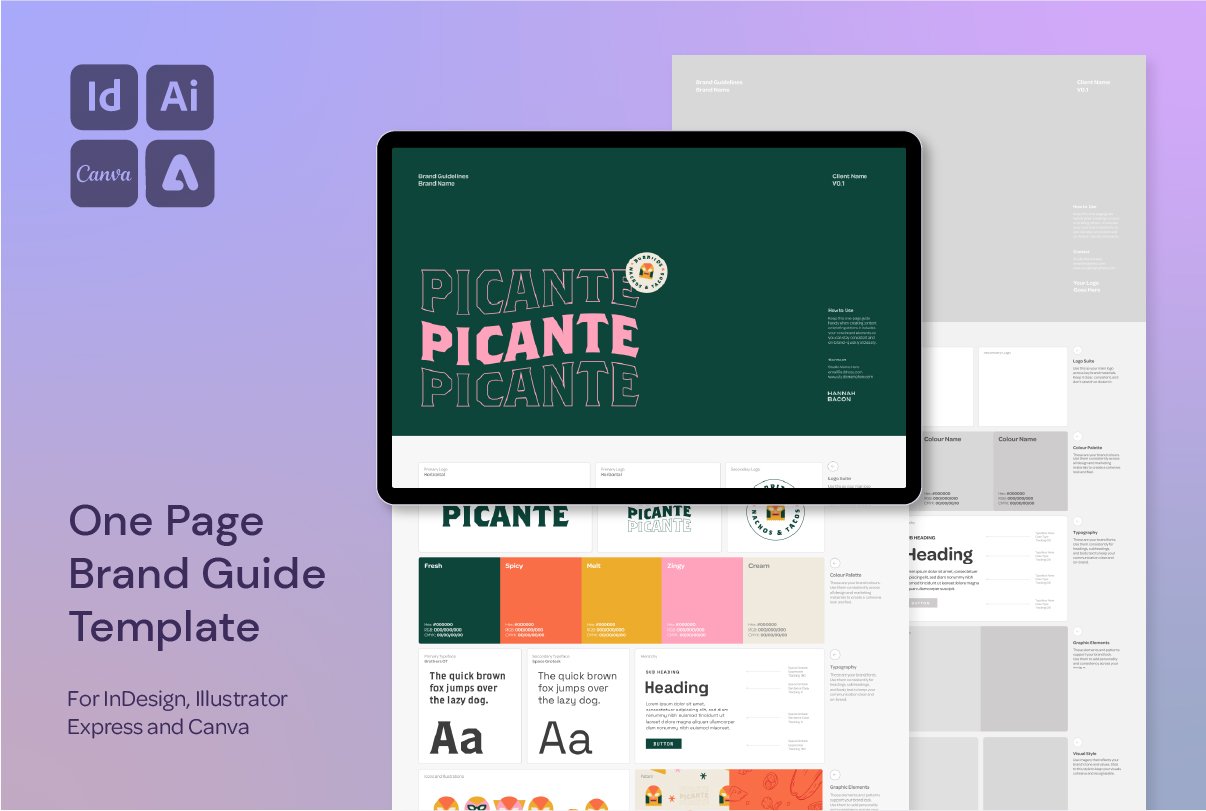How to Recolour PNGs in Adobe Illustrator (Without Live Trace)
How to Change the Colour of a PNG in Illustrator Without Losing Texture
You’ve got a beautiful PNG—maybe it’s a scanned texture, a hand-drawn shape, or a grainy brushmark—but when you try to recolour it in Illustrator, nothing works. Live Trace doesn’t preserve the texture, and you can’t just fill it like a vector shape.
Here’s the secret: Transparency masks.
This Illustrator trick is an absolute game-changer for recolouring PNGs while keeping all those rich, organic textures intact—no need to vectorise or rebuild. You can check out this post (and lots more!) over on my Instagram Page @hannah.bacon.design
Original vs Recoloured using a transparency mask
Recolour a PNG Using a Transparency Mask
1. Place Your PNG in Illustrator
Make sure the image is embedded (not just linked), and has a transparent background (ideally a .png with transparency).
2. Create a Rectangle Over the PNG
Draw a solid rectangle that completely covers your PNG
Choose the colour you want your shape to be (this will be the “new” colour)
3. Set Up the Mask
Select both the PNG and the rectangle
Deselect the rectangle (so only the PNG is selected)
Hit Cmd/Ctrl + C to copy the PNG, then delete it
Yes, this seems weird. Stick with it.
4. Make a Transparency Mask
Open the Transparency Panel
With the rectangle selected, click the "Make Mask" button
Then click inside the mask (the black square on the right side)
Enable "Invert Mask"
5. Paste the PNG Into the Mask
Cmd/Ctrl + F to paste the PNG in place
You'll now see your coloured rectangle take on the shape and texture of the PNG
6. Click Out of the Mask
Click the left square in the transparency panel to exit the mask and return to your design.
Now you can change the rectangle’s fill colour as many times as you want—and the PNG will take on that new colour, while keeping all its beautiful texture.
Why This Method Can Be a Good Option
You preserve all the organic textures
No need to trace or redraw
Works beautifully with scanned brush marks, painted shapes, and handmade assets
You can recolour on the fly and use the shape as part of a scalable design system
Want More Time-Saving Tools and Freebies?
This process is just one of the techniques I share across my design templates and digital assets, made especially for designers who want professional results—without starting from scratch every time.





